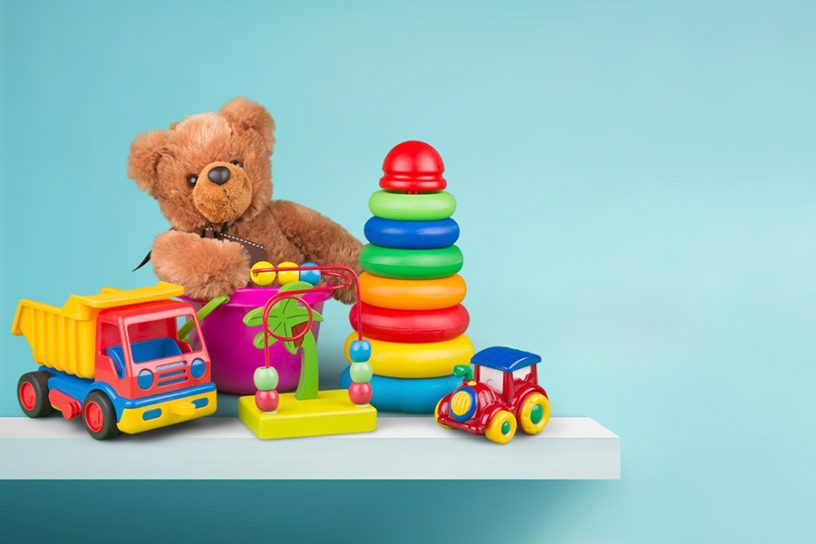
Does the sharp turnaround in the toy trade represent a sustained rise in investment, output and efficiency gains nurtured by policy reforms?
Authors
Abhishek Anand, Consultant, PricewaterhouseCoopers, Dubai.
R Nagaraj, former professor of economics.
Naveen Thomas, Associate Professor, Jindal School of Government and Public Policy, O.P. Jindal Global University, Sonipat, Haryana, India.
Summary
India has recently turned a net exporter of toys (see graph), during 2020-21 and 2021-22, ending decades of import dominance. Between 2018-19 and 2021-22, toy exports increased from $109 million (₹812 crore) to $177 million (₹1,237 crore); imports declined from $371 million (₹2,593 crore) to $110 million (₹819 crore), official data show. These facts are indisputable. They can be cross-verified by mirror images of trade figures from corresponding importing or exporting countries.
The achievement is widely credited to the ‘Make in India’ initiative launched in 2014, and related policies, official press releases claim. Moreover, in 2020, the Prime Minister Narendra Modi reportedly spoke of promoting toy manufacturing, in his talk show, ‘Mann ki Baat’. What can explain such a sharp turnaround in the toy trade? Does it represent a sustained rise in investment, output and efficiency gains nurtured by policy reforms? Or is it a short-term outcome of protectionism and COVID-19 pandemic-related global disruptions?
Published in: The Hindu
To read the full article, please click here.


